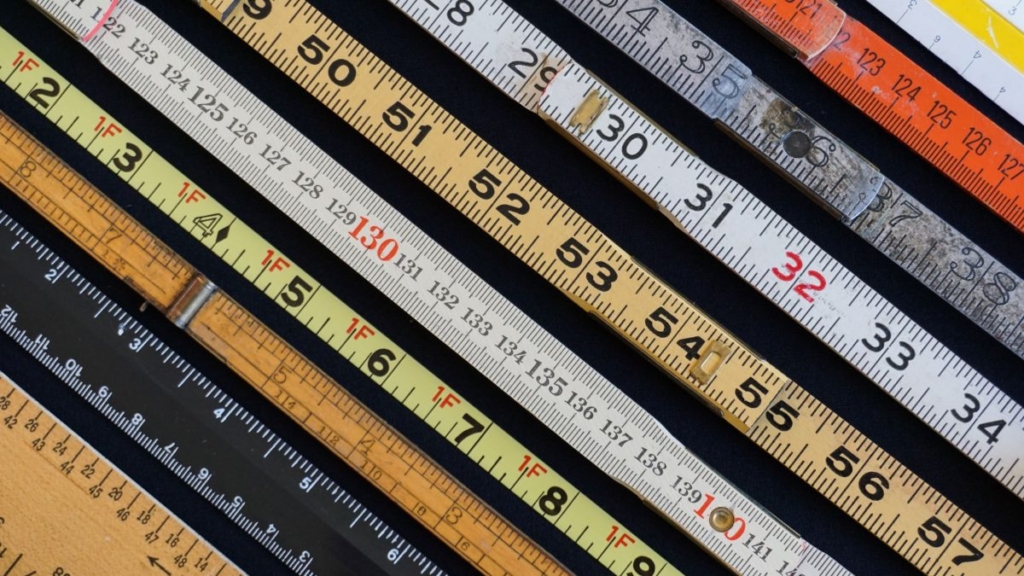
When dealing with yarns and textiles, you have to wrap your head around several parameters, each of which has a variety of units which are used in different contexts. Here is a quick breakdown of measures of yarn count, yarn twist, and fabric density.
Yarn Count
Perhaps the most fundamental one is the yarn count. This is a measure of the weight of a yarn per unit length. The three most common units are Tex, Decitex, and Denier, which are used across most yarns. Certain materials then use somewhat more obscure units, like cotton, which uses Cotton Count, or English Cotton Count. Hanks of wool are often measured with the worsted count measure, and linen count is often used to measure how fine a linen yarn is.
- Tex (grams of yarn per 1000m of yarn)
- Decitex (Dtex) (grams of yarn per 10000m of yarn)
- Denier/Den (D): grams pf yarn per 9000 metres
- Worsted count: the length of yarn in yards that weighs 1lb (454 grams) divided by 560
- English Cotton Count (Ne): the length of yarn in yards that weighs 1lb (454 grams) divided by 840
- Linen count: the length of yarn in yards that weighs 1lb divided by 300
Units for Yarn Twisting
When twisting yarns, there are two important measures to consider. The first is the number of full twists of a yarn in a certain length of yarn, often a metre or an inch. The level of twist can vary to an extent over a length of yarn, and so the longer the sample used, the more accurate the measure. The direction of the twist is also important to consider, with one direction of twisting being an ‘S’ twist, and another a ‘Z’ twist.
The ‘ply’ is the second measure to consider; ply is the number of constituent yarns that have been twisted together to produce a twisted yarn. For example, two yarns twisted together would be called 2-ply.
The level of twist in a yarn can be measured by counting the number of ridges in a length of yarn and dividing this number by the ply number of the yarn.
- Twists per inch (TPI)
- Twists per metre (TPM)
- Ply – the number of individual threads that have been twisted together into the newly twisted yarn
We have written a detailed explanation of yarn twisting.
Units for Fabric Density
Thread count – measures the number of threads in a one square inch (6.45 cm2) sample of the fabric, including threads in both the warp and weft directions. This count is commonly used seen on bedding, where the higher the yarn count, the higher the number of threads in one square inch, which generally means that the yarn used to manufacture the fabric is finer, and therefore softer.
Grams per square centimetre is a measure of how heavy a fabric is; this is affected by factors like how tight the weave is, the thread count, and the weight of the individual yarn (which is affected by the actual material choice).

